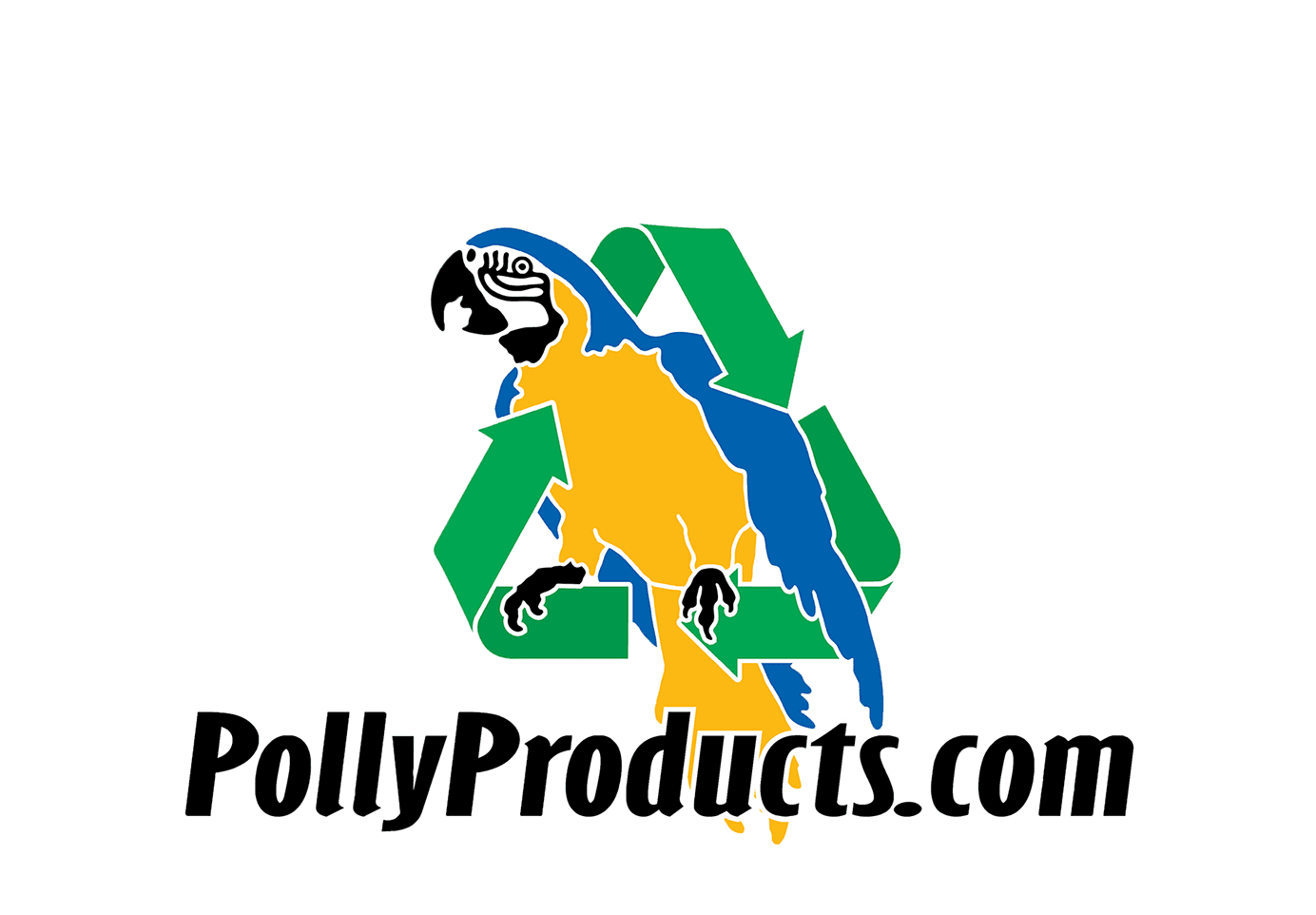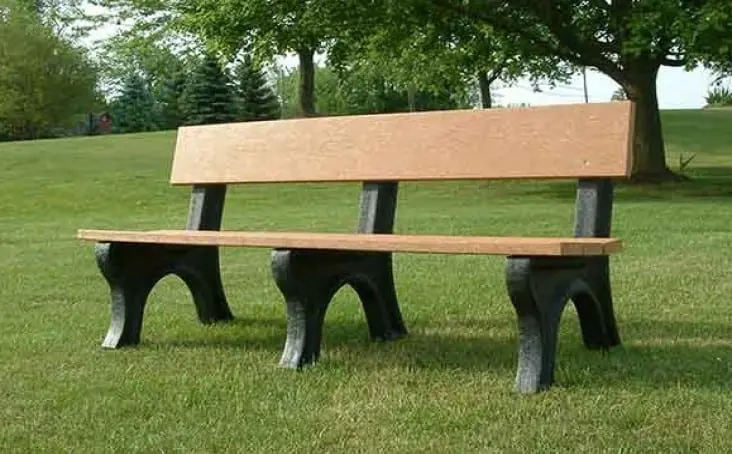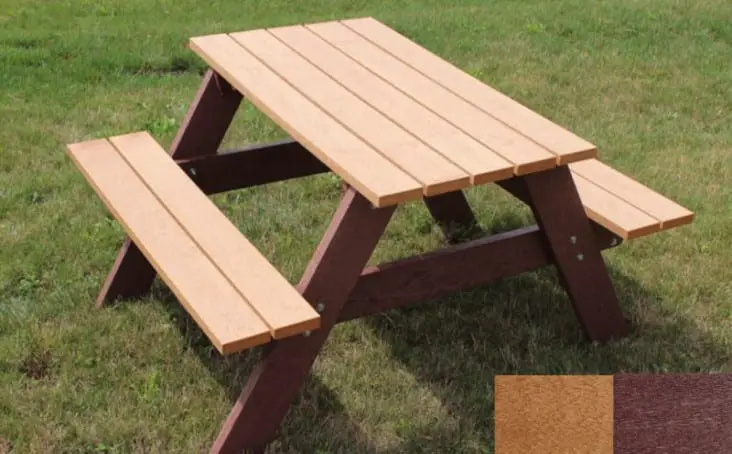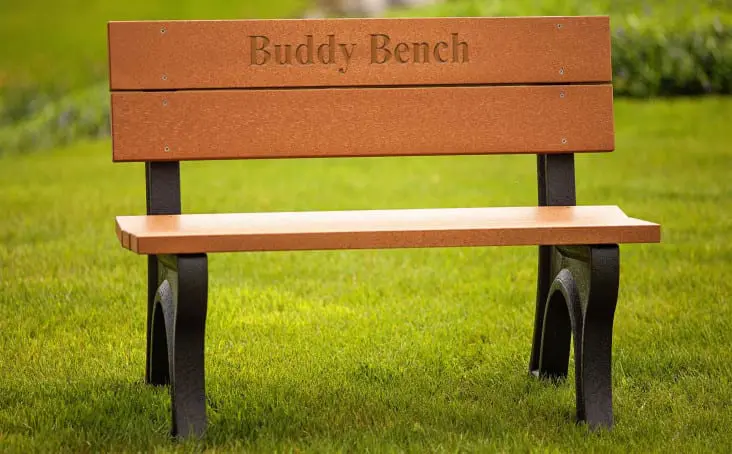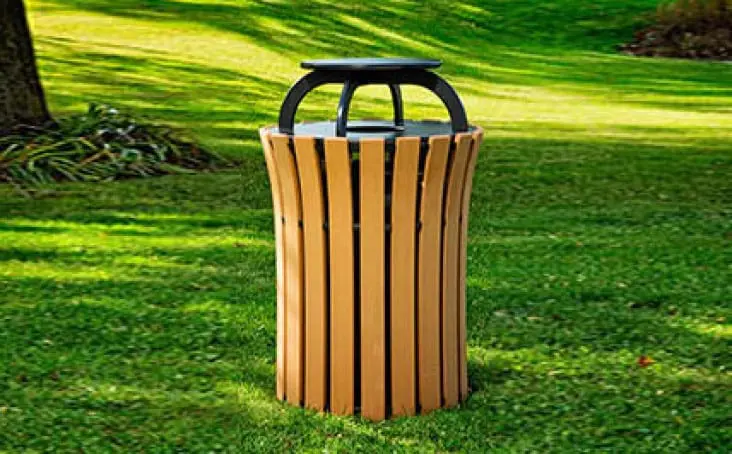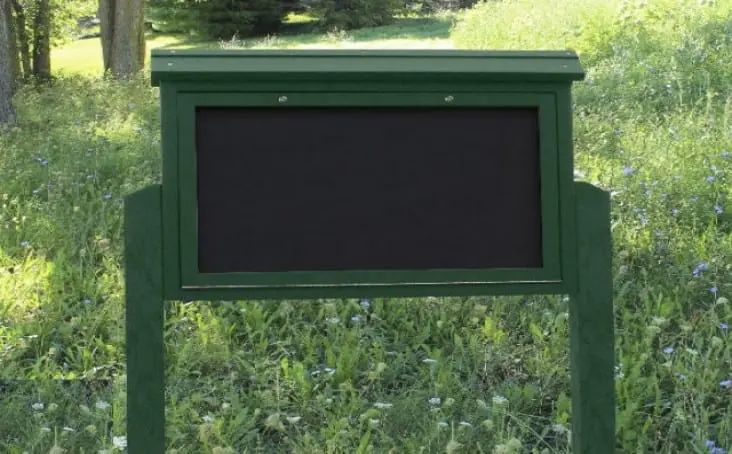

Suppose you’ve decided that recycling is important and want to “step up” your recycling game. In that case, consider shopping with recycling in mind, which requires you to think proactively when making a purchase. Think of the item’s usability and recyclability before you’ve even purchased it.
Considering recycling as you shop is one of the most impactful ways to recycle; it’s taking preventative measures to reduce the amount of waste you create. Some recyclable items may still end up in landfills one day, however, shopping with recycling in mind can reduce how much you eventually contribute to that waste. Eco-friendly businesses who are committed to sustainability are strong advocates for the recycling movement. They are dedicated to reducing their use and recycling what they do use, thereby keeping many materials out of landfills for as long as possible or altogether.
The Three Different Types of Recycling
Recycling is broken down into three different types: primary, secondary, and tertiary. You can think about what category the item you’re purchasing would fall into after you’ve used it.
Primary
Primary recycling is when an item is repurposed to continue its primary function. For example, simply reusing or donating an item to be used again.
Shopping with primary recycling in mind is like making a long-term investment. Shopping for well-made items that are easy to maintain and repair gives you the option to donate or resell them after you no longer want them. Focusing on buying high quality products that are durable and long-lasting will enable others to enjoy the product after you’re done with it and might result in a few extra bucks for you when it’s time to sell it.
Secondary
Secondary recycling, also referred to as upcycling, is when an item is reused in a way that isn’t its original purpose without altering its composition. This method also keeps items out of landfills and from overwhelming recycling programs. Instead, you act as the recycling program yourself.
You can think a few steps ahead when you purchase an item with your “upcycling” hat on. For example, you can paint the soup cans you buy and turn them into small planters for indoor plants, vases, or pencil holders. You can poke holes in the bottom of a coffee can and use it to spread grass seed or ice melter. This forward-thinking is an efficient way to shop with recycling in mind. Pinterest and other social media platforms are great ways to share your creative ideas for upcycling, and to get ideas for other items you may already have.
Tertiary
Tertiary recycling occurs when your items have finally gone into the recycling bin. Recycling facilities will process these items and separate them into the correct categories for processing. Items can be processed mechanically by shredding and cleaning the material so it can be used again as feedstock to make new products. Some items might be chemically recycled, often restoring the material they’re made of into its raw state so it can be re-made into new products.
Items that fall into tertiary recycling are:
- Solid metals like reusable water bottles and cans
- Paper, cardboard, most packaging, and printed paper
- Glass jars and bottles
- #1 and #2 Plastics such as water bottles or laundry detergent bottles
Be vigilant to look for the recycling symbol on products and their packaging before you purchase them. That alone will help increase recycling rates and reduce waste. And companies’ market what the public wants, so if they see recyclable products are being favored, that’s what they’ll produce.
Research your local city and county recycling drop-off centers and facilities to better understand what they can process. Not all facilities have access to all the available processes and machinery; typically, larger urban areas do so you can check further out to see if there is a facility that accepts a material. Although an item may be recyclable, it may not get recycled when taken out of your blue bin at the recycling facility if it’s a material they don’t process. Part of shopping with recycling in mind is being committed to making sure your purchases can and will be recycled.
Shop Sustainable Brands
It can be overwhelming and time consuming to always think ahead while shopping. You can alleviate some of the in-store stress by making a list of brands you know are dedicated to sustainability. Look for brands that make items that are either long-lasting, recyclable, or made of recycled products. An easy way to find out if companies are eco-friendly is to search for a green promise on their website. A truly environmentally-minded company will extend its sustainability efforts to their business practices and facility, in addition to the products they make. Visit the company’s website and look for their sustainability statement and goals. Then dig a little deeper to see what they are actually using for raw materials and if they have a producer responsibility or take-back program. Be sure that company actually ‘walks the talk’ of sustainability and isn’t just ‘greenwashing’ to get on the bandwagon.
Choosing sustainable brands can make your own commitment easier and conveniently help you find new products that are recyclable. In addition, buying with recycling in mind from sustainable brands teaches the market that buyers want more eco-friendly options which encourages companies to provide them.
Buying Recycled Items
Un-recycled and un-recyclable packaging is one of the biggest sources of landfill waste. If something you are interested in purchasing doesn’t come in packaging that can be refilled or recycled, you can still look for it in recycled packaging. You can be part of the solution and give a second life to recycled items. Remember, you can participate in primary and secondary recycling by having a plan for the product and the packaging your items come in. Consider items shipped to you in the mail and save the packaging for reuse when you need to ship a parcel, are packaging items for storage or gift-giving.
Reduce the Amount of Packaging You Use
When shopping at the grocery store, you can avoid a lot of unnecessary packing. Plastic bags are awful for the environment. They can’t be recycled and often blow into places they shouldn’t be, like the ocean.
Bring reusable bags to transport your groceries. You can also purchase reusable bags for your produce. Many stores offer compostable produce bags as well.
TIP: Composting is better than recycling. Opt for items you can put in your green bin when you can!
Shop in the bulk section and bring refillable jars/containers for your rice, cereal, granola, pasta beans, nuts, and candy! If your grocery store doesn’t have a bulk section, some counties have bulk stores and most health food stores offer a bulk option.
Sustainable refill programs exist in more places than you think. For example, local breweries and dairy companies will offer an option to pay a deposit on a growler or jug that you can bring back to them to be refilled over and over again.
Shop Polly Products
Shopping with recycling in mind can be challenging but incredibly rewarding. The planet thanks you, and so does your budget! At Polly Products, we firmly believe in shopping with recycling in mind and keeping recyclables out of our landfills. That’s why our products are made from 100% recycled materials and are also recyclable, which allows us to re-use parts that may have been replaced under warranty. As part of our commitment to keeping plastic out of landfills, we even send you the packaging and call tag for our shipping account to have the old part returned to us. While many states are adopting EPR (extended producer responsibility) legislation, Polly Products has always done it. We are dedicated to shoppers like you to always give you an option to buy with recycling in mind.
At Polly Products, our Green Promise shows that we not only produce recycled products, but we ensure that they can be recycled again and again. We practice sustainability in all aspects of our production. See our shop to start buying recycled products today.
